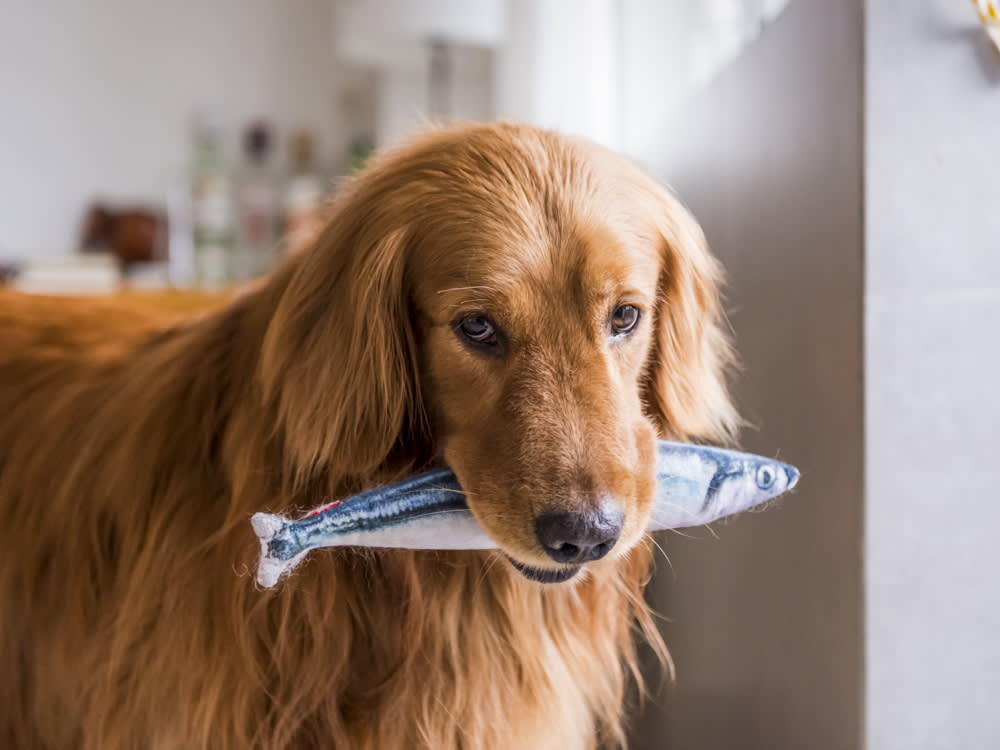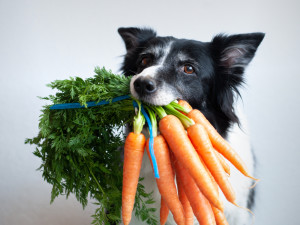Your Dog Will Love This Mackerel Meal Topper
Give your pup their daily dose of omega-3 fatty acids and other crucial nutrients with this fresh, easy-to-make recipe

share article
Greyhounds are known to reach speeds up to 45 miles per hour, making them one of the fastest breeds around. But as soon as the race is over, they’re ready to take a nap. The Alaskan Husky can achieve speeds about half that of the Greyhound, but can sustain the speed for much longer – all while pulling a sledge. Both breeds are remarkable, but each needs special nutrients to keep them fueled and ready to run.
An essential part of a dog’s diet? Omega-3 fatty acids, which can be sourced from either plants or animals; each has a different purpose and benefit. Flaxseeds, chia seeds, and pumpkin seeds contain the fatty acid alpha-linolenic acid (ALA), which can help fight canceropens in a new tab and enhance brain function. But what your dog’s body really runs on are eicosapentaenoic acid (EPA) and docosahexaenoic acid (DHA), fatty acids that come from meat.
Although dogs can convert some of the ALA into EPA and DHA, it’s not enough to support the body’s entire requirement, which is why feeding your pup an omega 3-rich fish such as mackerel (or other meat from grass-fed animals) two to three times per week is a good idea. Not only does it keep them sustained, but it also helps to reduce inflammation and to enhance cognitive development.
Whenever possible, it’s best to purchase mackerel without added ingredients such as sugar and monosodium glutamate, a flavour enhancer that overstimulates neurotransmitters in the brain. Mackerel in water or tomato sauce (check for any hidden ingredients that are toxic to dogs, first) is preferable over mackerel in oil, because the fish itself contains enough healthy fats.
A guide to mackerel feeding
One 125g tin of mackerel has about 100 calories. Serve the following amount once per day, replacing one-fifth of your dog’s normal meal:
4.5kg dog: 1–3 tbsp
9kg dog: 45g
18kg dog: 60g
27kg dog: 60–85g
36kg dog: 60–130g
45kg dog: 85–130g
Rick Woodford
Rick Woodford, the man behind dogfooddude.com, operated Dog Stew, a company that produced nutritional, homemade dog food for dogs in the Pacific Northwest. He is the author of Chow: Simple Ways to Share the Foods You Love with the Dogs You Love and Feed Your Best Friend Better.

